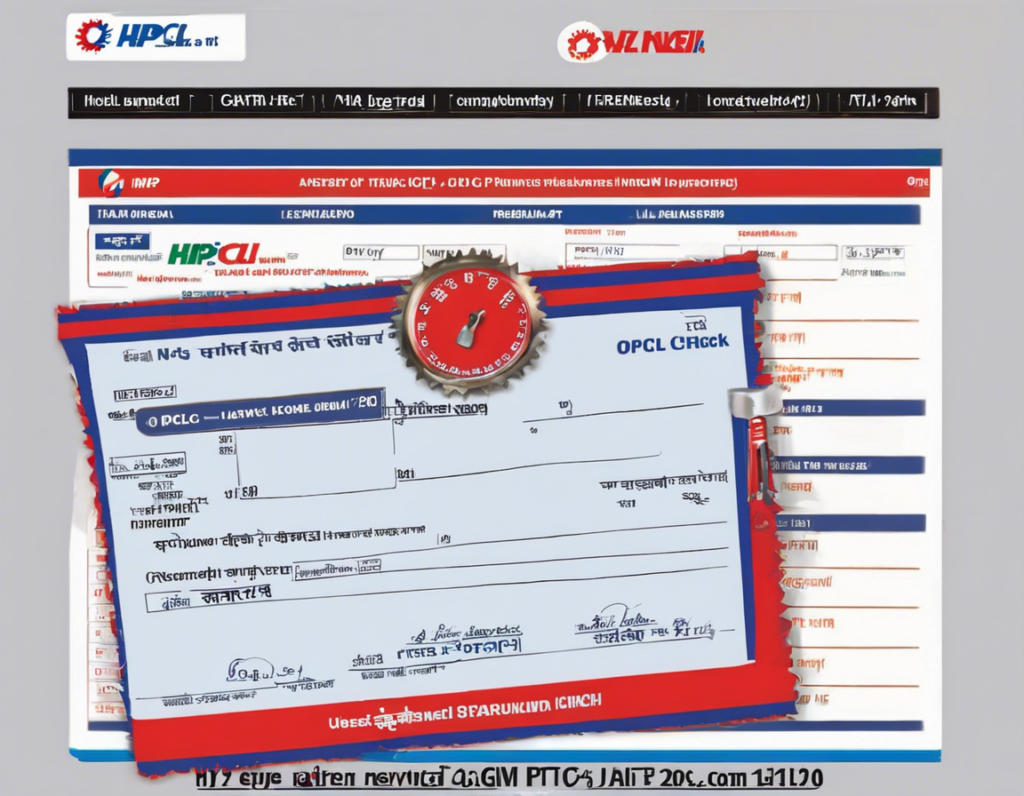
A visit to the vet’s office is not anyone’s definition of a good time. Walking into an appointment with good knowledge of why being able to read your pet’s lab reports is important and an understanding of which tests may be utilized can take away some of the fear and anxiety. Whether your pet is being taken in for routine screening and preventative checks or there is an underlying issue that needs to be addressed, you may be faced with a range of abbreviations like BUN, HCT, GLU, or ALKP. Deciphering this daunting alphabet soup is easy when you know how!
How to read common diagnostic test results
There is a range of very common tests that a vet might undertake when you bring your pet in, either for preventative screening or targeted diagnostic testing. Here are three of the most common tests that a vet might recommend and the clinical abbreviations you may see in the results (as well as their meanings).
Blood chemistry
Blood chemistry tests are very common and can be completed either as a panel covering the kidney, liver, pancreas, protein profile (and a range of miscellaneous issues) or targeted to identify a specific issue. Here are some of the most common abbreviations you might see on your pet’s blood chemistry results:
- BUN: Blood urea nitrogen. High levels may indicate kidney damage.
- CREA: Creatinine. Decreases may be a result of overhydration. Increases may be a result of kidney disease and damage.
- ALKP: Alkaline phosphatase. High levels indicate liver abnormality and damage.
- ALB: Albumin. Depressed levels can indicate gastrointestinal issues and liver damage.
- Na+: Sodium. High levels in the blood indicate dehydration. Low levels can be caused by diarrhea, vomiting, and gastrointestinal issues.
Urinalysis
Urinalysis is a very common diagnostic test for domestic animals because it can be used to indicate the presence of a range of mild to serious issues from UTIs to certain kinds of cancer.
- GLU: Glucose. Indicates how much sugar is in urine. Very high levels indicate that an animal may have pancreatic issues or long-term issues like diabetes.
- pH: An indication of the acid/alkaline base of urine, which indicates the level of hydration.
- UBG: Urobilinogen. High levels indicate liver or hemolytic diseases.
- RBCs and Hemoglobin: Indicate blood in the urine, which may be connected to inflammation, infection, or trauma to the urinary system or bladder.
- PRO: Protein. Small amounts in urine are normal, while high levels may indicate kidney damage or disease.
Complete blood count
A common test designed to give an overall view of an animal’s health may be used to monitor the status of an animal going through prolonged treatment or to narrow down more specific tests that may be required.
- RBC: Red blood cell count. High levels may indicate dehydration. Low levels indicate a reduced oxygen content and capacity in the blood.
- WBC: White blood cell count. High levels may indicate the presence of infection, inflammation, or diseases like leukemia. Low levels can indicate bone marrow failure.
- PLT: Platelet levels. Depressed levels may indicate bone marrow failure or widespread inflammation.
- NEU: an inflammatory cell that is connected to both infections and non-infectious diseases.
- RDW: Red blood cell distribution width. An indication of red blood cell variability and size. It can help to narrow potential causes of red blood cell increase or decrease beyond healthy parameters.
Why preventative screening matters
While it can seem strange to undertake blood and urine tests if your pet has no signs of ill health, IDEXX has found that preventative or pre-emptive screening can be very beneficial. Of course, it is more important for older pets. While adult pets have a 15% chance of preventative screening uncovering issues needing treatment, that rises to 42% when an animal becomes geriatric (generally over 10 years of age for dogs and 15 years of age for a cat).
 S
S
Latest Articles
- Comprehensive Guide to Fence Installation: Choosing the Right Materials and Services
- Exploring Common Home Pollutants and Their Impact
- Tips For Indian Stock Market: A Comprehensive Guide for Investors
- RRB Technician Vacancy 2024: Everything You Need to Know!
- Countdown to Election 2024: Assam’s Political Landscape

RRB Technician Vacancy 2024: Everything You Need to Know!

The Magnificent Ram Bhagwan Murti of Ayodhya


